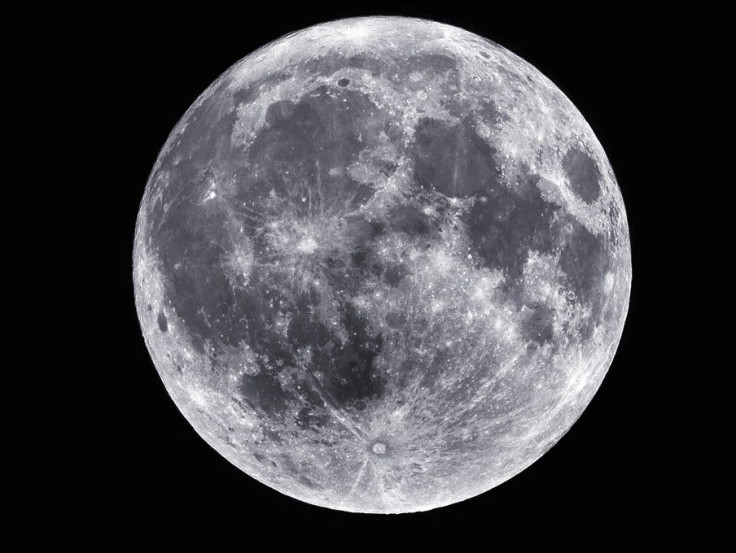The Moon Is Further Shrinking Because Of Earth: NASA

The moon is drifting away from Earth and shrinking because of the latter's gravitational pull, this theory was highlighted by the researchers a few years ago. However, a latest study published in the journal Geology suggests that the Earth continues to have a strong influence on the moon, no matter how far or slowly it is drifting away from it.
According to new results from NASA's Lunar Reconnaissance Orbiter (LRO) spacecraft, the Earth's strong gravity is affecting the orientation of the thousands of faults that form over the surface of the moon as it shrinks. Nearly 14 cliffs of faults were located on the lunar surface in August 2010, using the LRO's Narrow Angle Camera. Approximately, 70 percent of these small faults were previously captured in the Apollo Panoramic Camera photographs.
According to the statement released by NASA, such small faults are typically less than 10 kilometers (6.2 miles) in length. These are believed to be formed because of the “global contraction resulting from cooling of the moon's still hot interior.” With the cooling of the interior and the solidification of the liquid outer core, the total volume of the moon decreases, leading to the “shrink.”
Now, after six years of the discovery of the faults, the Lunar Reconnaissance Orbiter Camera (LROC) has photographed nearly 3,000 of the faults on the surface of the moon. The distribution of the faults on the surface is so global that these seem to be the most common tectonic landform on the moon.
Upon analysis of the faults, the researchers discovered that “the faults created as the moon shrinks are being influenced by an unexpected source — gravitational tidal forces from Earth.”
"The discovery of so many previously undetected tectonic features as our LROC high-resolution image coverage continues to grow is truly remarkable," said the LROC principal investigator, Mark Robinson, in the NASA statement. "Early on in the mission we suspected that tidal forces played a role in the formation of tectonic features, but we did not have enough coverage to make any conclusive statements. Now that we have NAC images with appropriate lighting for more than half of the moon, structural patterns are starting to come into focus."
© Copyright IBTimes 2024. All rights reserved.




















